We have much more to do and your continued support is needed now more than ever.
Five Wetland Species Jeopardized by Clean Water Act Rollback
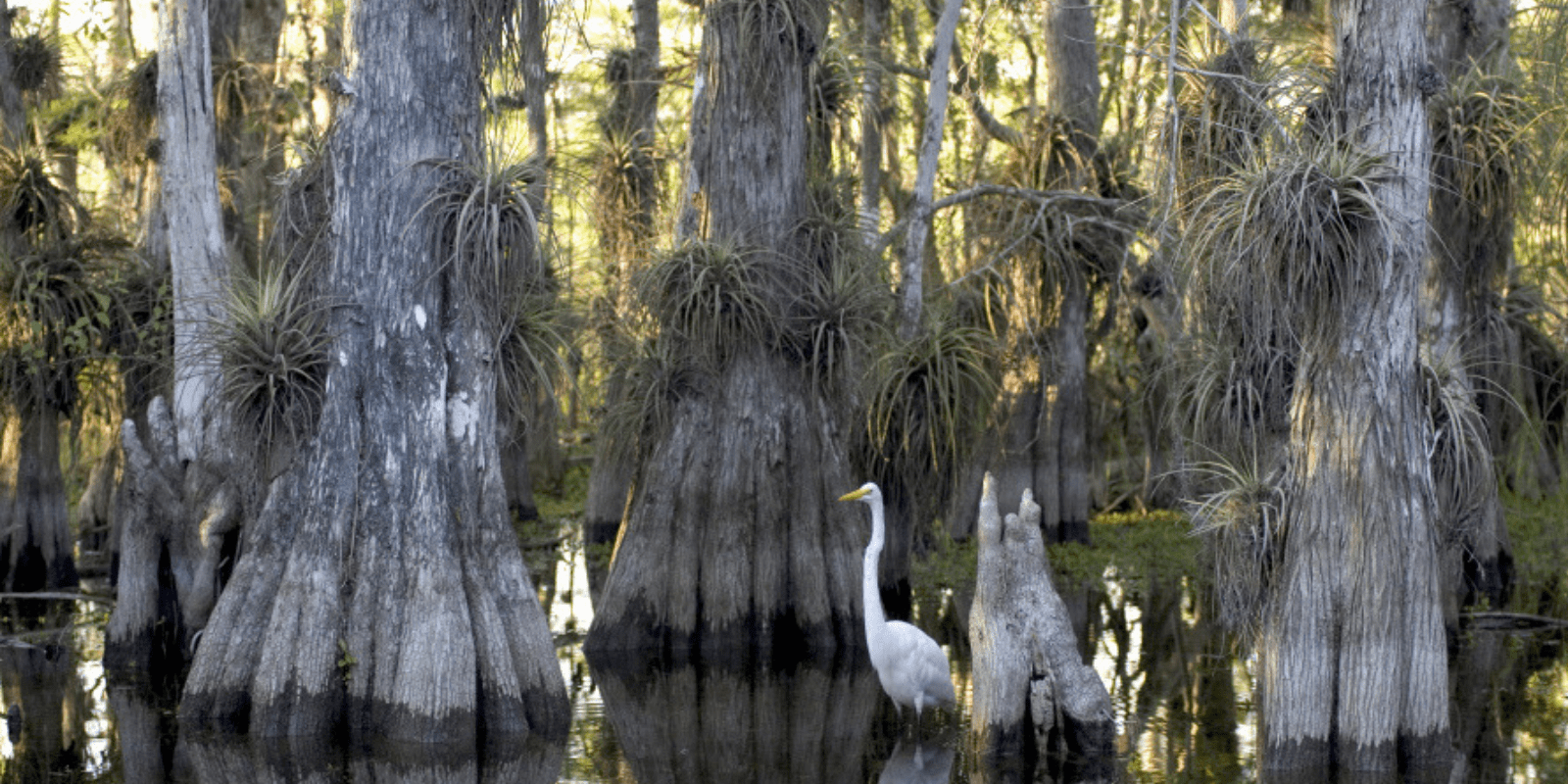
We all live downstream. And the only way to have safe water downstream is by protecting water upstream at its source. Despite this, the Trump Administration’s Environmental Protection Agency (EPA) just put these waters at risk.
Worst Rollback in Clean Water Act History
The Trump Administration has taken its next step to get rid of the 2015 Clean Water Rule, which restored Clean Water Act protections to wetlands and headwater, rain-fed, and seasonal streams. The worst rollback of Clean Water Act protections since it became law in 1972, the new proposal redefines what waters are federally protected, limiting protections to wetlands with a “continuous surface connection” to larger lakes, streams, or rivers. By the EPA’s own estimate, it would remove protections from 51% of our nation’s wetlands, making it easier to pave over or build on them, and states may no longer be required to clean up polluted wetlands.

The Trump Administration’s proposed rule would also erase protections for ephemeral streams, which flow only after a rainfall or snowmelt, and are particularly common and important in the Western United States. Ephemeral streams are connected to downstream waters, enhancing downstream water quality by absorbing floods and cleaning water. These streams provide important fish habitat by delivering food, nutrients, and spawning gravels downstream and serve as refuge for fish during high water flows.
In their proposal, the EPA also indicated that they are willing to exclude other seasonal waters in the final regulation. Removing protections for all seasonal and rain-dependent streams would mean up to 60% of our nation’s waters could be opened to pollution and development.
We only have 60 days to tell the Trump administration we oppose this unprecedented rollback of Clean Water Act protections that have safeguarded our nation’s waters for more than 45 years.
ACT NOWFrom frogs to seals, this proposal has serious implications for wildlife that depend on these waters to survive. Learn about five species who could be harmed by the EPA’s rollback of the 2015 Clean Water Rule.
Wood Frog:
Vernal pools are shallow depressional wetlands that appear seasonally in meadows and woodlands and serve as important breeding grounds for amphibians like frogs, because there aren’t any fish to eat their eggs and tadpoles. These unique wetlands are usually not filled with water year-round, filling with water in the winter and spring, and typically dry up by the end of summer.
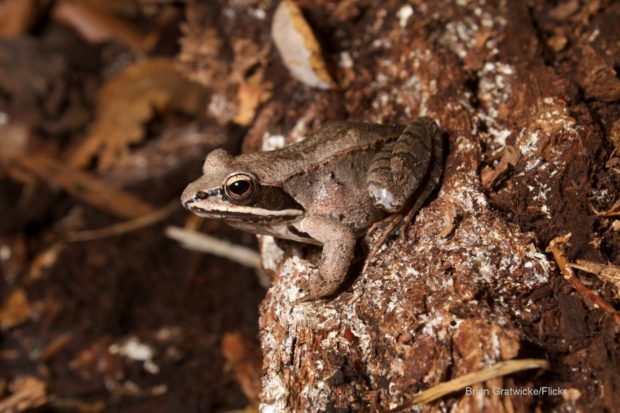
The wood frog ranges from New England, the Appalachian, and the Great Lake states to as far north as the Arctic Circle. To survive, they possess the surprising ability to freeze! During cold winter months, they cease breathing, their heart stops, and nearly 70% of their body water turns to ice. As ice crystals form beneath their skin, they produce a substance that acts as an anti-freeze, allowing them to stay alive.
As the weather warms in early spring, the frogs thaw out and head to vernal pools to find mates, sometimes even before the ice has fully melted. They’re the first frogs to herald in the spring with strange voices that sound similar to a duck quacking.
Redheads:
The proposed rule would completely remove protections for the most important and threatened waterfowl habitat in North America – the Prairie Pothole Region in the Great Plains, which stretches across Montana, North Dakota, South Dakota, Minnesota, Iowa, and three Canadian provinces.
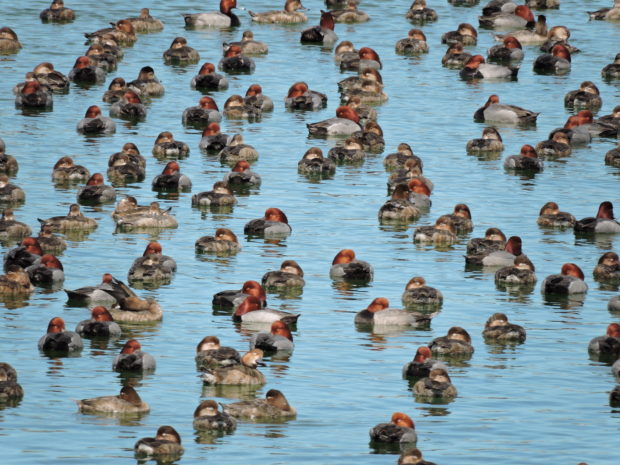
When glaciers retreated over 10,000 years ago, they left millions of shallow depressions known as prairie potholes in their wake. These round depressions fill with water and snowmelt in the spring, creating valuable seasonal wetlands that support rich plant and animal life, particularly for waterfowl. This wetlands habitat is home to more than half of North American migratory waterfowl. Ducks like redheads rely on the prairie potholes for breeding, feeding, and nesting, where they build nests in dense marshes above shallow water.
Today, less than half of the original pothole region remains undrained, in small, disconnected fragments that continue to face threats from drainage, development, and agricultural pollution.
River Otter:
North American river otters are found in streams, wetlands, and other waters across most of the United States, where they feed on fish, crayfish, crabs, and other aquatic wildlife. Once common throughout North America, unregulated hunting and fur trapping until the 20th century, eliminated river otters from many parts of their historic range.
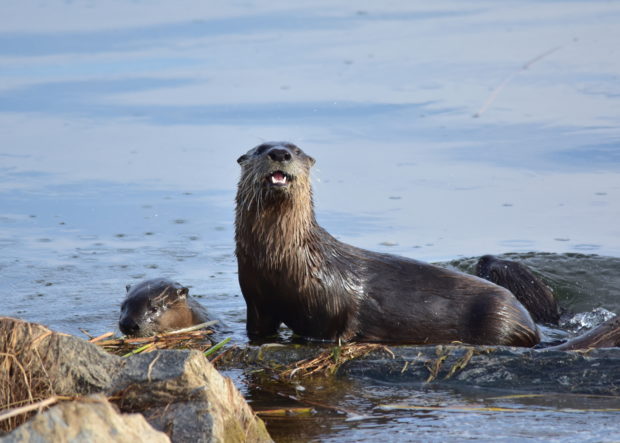
River otter populations have rebounded since the Clean Water Act was passed, but they still face threats from habitat loss and water pollution. Removing federal clean water protections for half of our nation’s wetlands and some streams would further put these otters at risk, because they have a very low tolerance for polluted water and rely on healthy wetland, stream, and lake habitat for food and shelter.
Gila Trout:
The Gila trout is one of the rarest trout species in the United States, found in cold, perennial mountain streams and tributaries in Arizona and New Mexico. Although most of these perennial streams should still be protected under the Trump rule, the Gila Trout depends on the flow of constant, clean water from smaller upstream waters including ephemeral streams.
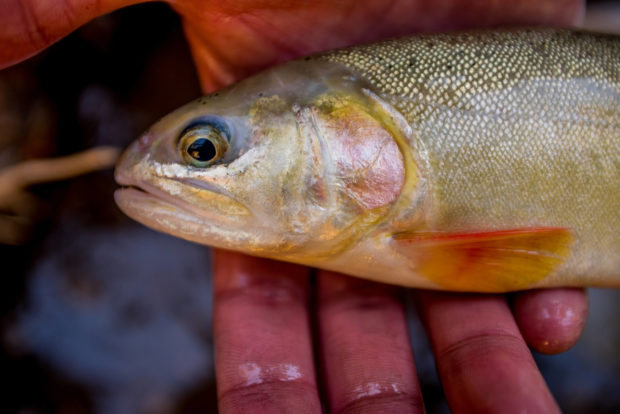
Ephemeral streams are particularly important where the Gila trout lives in the southwest, which has the highest number of seasonal and rain-dependent streams. In Arizona, where more than 95% of streams are seasonal, the new proposal could have a devastating impact on Gila trout and other fish.
Everglades Snail Kite:
The endangered Everglades Snail Kite is a bird of prey that feeds solely on apple snails, a freshwater mollusk found in Central and South Florida wetlands, including America’s Everglades. The snail kite glides slowly over sawgrass marshes in search of apple snails and has a slender, curved beak that allows it to easily extract the snail from its shell. For most of Florida’s history, the rain-fed “River of Grass” known as the Everglades stretched almost 3 million acres from Orlando, through Lake Okeechobee, and south to Florida Bay.
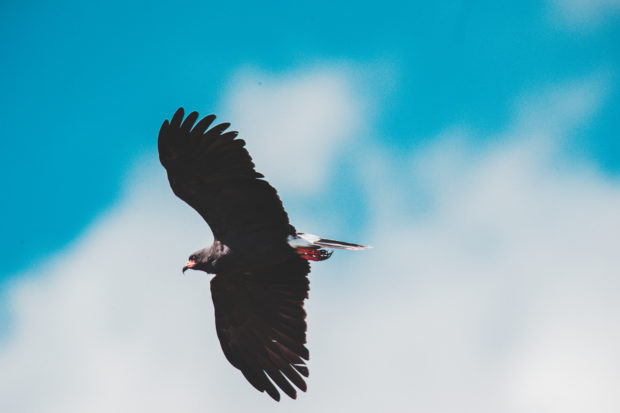
Now, only a third of this ecosystem remains, largely due to centuries of draining wetlands and polluting waters. The Everglades is already on life support, and implementing the Trump rule would further harm water quality and degrade habitat in the Glades and throughout Florida.
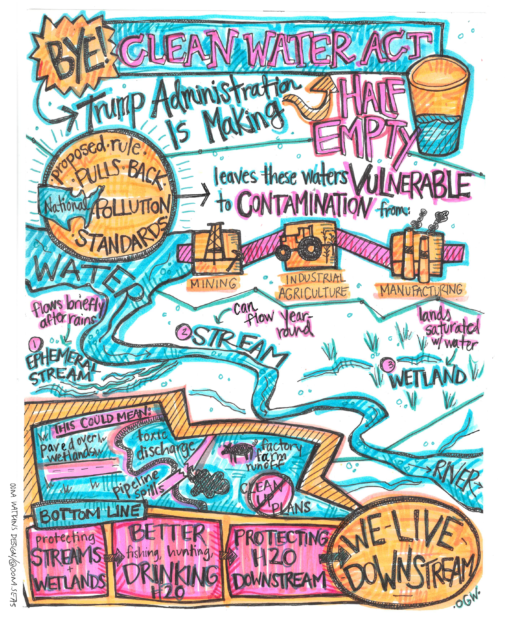
The loss of Florida’s wetlands has harmed populations of the apple snail, which are highly sensitive to changes in water levels, and in turn the Everglades Snail Kite.
Florida, which has more wetlands than any other state except Alaska, has a lot to lose if the Trump proposal becomes final. The Sunshine State just experienced yet another lost summer of toxic blue-green algae and the worst red tide event in more than a decade. Without the slow flow of clean water – the lifeblood of the Everglades ecosystem – Florida’s wildlife, communities, drinking water, and economy will continue to be at risk.
Take Action to Defend Water:
Now is not the time to turn back the clock on federal protections that have safeguarded our waters, wildlife, and economy for more than 45 years. Join us to tell the EPA we oppose this attack on the Clean Water Act.
ACT NOW





















